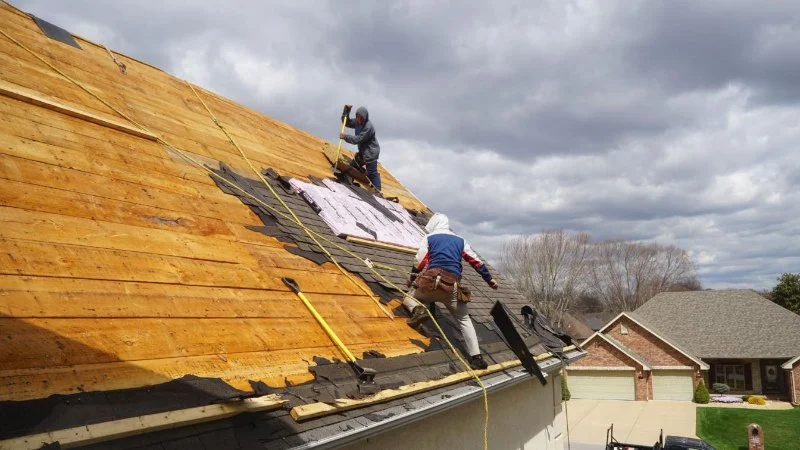
How to Identify and Repair Roof Damage from Long-Term Shade and Moisture
Roof damage due to long-term shade and moisture exposure is a common problem that many homeowners face, especially in areas with heavy rainfall or persistent shading from trees and other structures. Over time, moisture accumulation can cause significant damage to your roof, leading to leaks, mold, and structural decay. Identifying the signs of this damage early and taking action can save you money and prevent more serious problems down the road. In this guide, we will discuss how to identify roof damage caused by long-term shade and moisture, as well as tips on how to repair it.
- 1. Common Signs of Roof Damage from Shade and Moisture
- 2. How to Inspect Your Roof for Damage
- 3. Repairing Roof Damage: DIY vs. Professional Help
- 4. Preventing Future Roof Damage
- 5. Conclusion
1. Common Signs of Roof Damage from Shade and Moisture
Over time, shade and moisture can cause several issues with your roof. The most common signs of damage include:
- Discoloration and Stains: Dark streaks or stains on your roof, especially near areas that receive constant shade, can be a sign of mold, algae, or mildew growth.
- Moisture Puddles in the Attic: If you notice water accumulation in your attic or damp spots on the ceiling, it could indicate that water is leaking through your roof.
- Soft Spots or Sagging: Soft or sagging areas on your roof might be a result of trapped moisture weakening the roofing materials.
- Visible Mold or Mildew: Mold or mildew growth on shingles or other roofing materials is a clear sign that moisture has been trapped for an extended period.
2. How to Inspect Your Roof for Damage
Inspecting your roof regularly is crucial for identifying any issues caused by long-term shade and moisture exposure. Here’s how you can conduct a basic inspection:
- Visual Inspection: Start by looking at your roof from the ground. Use binoculars to check for visible signs of damage such as sagging, stains, or missing shingles.
- Check the Attic: Go up to your attic and inspect the underside of the roof. Look for signs of moisture, water stains, mold, or any other indication that water has been seeping through.
- Look for Vegetation Growth: If moss, algae, or other plants are growing on your roof, it could be a sign of trapped moisture, which can cause long-term damage.
- Professional Inspection: If you're unsure about the extent of the damage, it's best to call a professional roofer who can perform a thorough inspection and identify hidden issues.
3. Repairing Roof Damage: DIY vs. Professional Help
Depending on the severity of the damage, you can either repair your roof yourself or hire a professional. Here's a breakdown of both options:
- DIY Repairs: For minor issues like replacing a few shingles or cleaning moss and algae, you can tackle the repairs yourself. However, make sure to use the proper tools and safety precautions.
- Professional Repairs: For more extensive damage, such as sagging roofs or structural damage, it's advisable to hire a professional roofer. A professional can accurately assess the damage and provide long-lasting solutions.
- Cost Considerations: DIY repairs are more cost-effective, but they come with a higher risk of causing further damage if not done correctly. Professional repairs may be more expensive, but they offer peace of mind and ensure that the job is done right.
4. Preventing Future Roof Damage
To prevent future roof damage from shade and moisture, consider the following steps:
- Trim Overhanging Branches: If trees or branches are shading your roof, consider trimming them back to reduce the amount of moisture that accumulates on your roof.
- Install Proper Ventilation: Ensure your attic is properly ventilated to prevent moisture buildup. Proper airflow can help regulate temperature and reduce the chances of mold and mildew growth.
- Regular Roof Cleaning: Regularly clean your roof to remove debris, leaves, and moss that can trap moisture and cause long-term damage.
- Apply a Protective Coating: Consider applying a waterproof coating to your roof to provide an additional layer of protection against moisture.
5. Conclusion
Roof damage caused by long-term shade and moisture can be a serious issue, but with proper inspection, repair, and maintenance, you can extend the lifespan of your roof and avoid costly repairs. By following the steps outlined in this guide, you can identify the damage early, take appropriate actions to fix it, and prevent future issues from arising. If you're unsure about how to handle roof repairs, don't hesitate to reach out to a professional roofing service for advice and assistance. For more information on roofing products and services, visit BeachCo Roofing Hub for reliable recommendations.


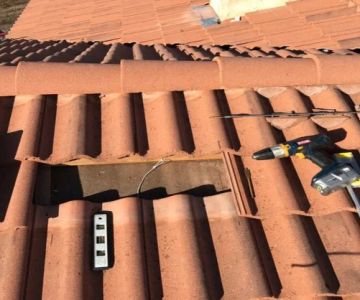
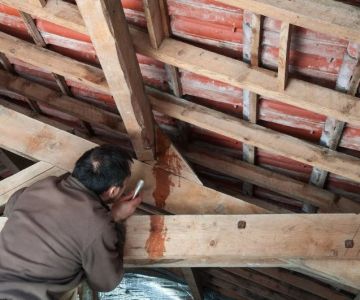
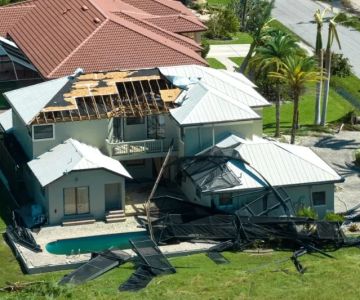
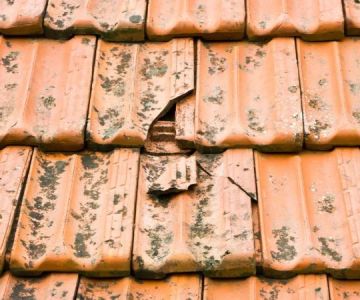

 Allstate Contracting | Roofing Siding Windows & Gutters5.0 (12 reviews)
Allstate Contracting | Roofing Siding Windows & Gutters5.0 (12 reviews) Martin & Sons Roofing & Construction4.0 (38 reviews)
Martin & Sons Roofing & Construction4.0 (38 reviews) Universal Construction NY Inc5.0 (6 reviews)
Universal Construction NY Inc5.0 (6 reviews)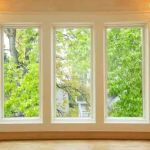 White Home Products4.0 (60 reviews)
White Home Products4.0 (60 reviews) Bess Pro Roofing Repair Allendale5.0 (11 reviews)
Bess Pro Roofing Repair Allendale5.0 (11 reviews) Linden Roofing Contractor Repair & Installation5.0 (7 reviews)
Linden Roofing Contractor Repair & Installation5.0 (7 reviews) The Pros and Cons of a Nano-Coated Roof Surface for Easy Cleaning
The Pros and Cons of a Nano-Coated Roof Surface for Easy Cleaning How to Install Roof Flashing on a Complex Roof with Multiple Pitches
How to Install Roof Flashing on a Complex Roof with Multiple Pitches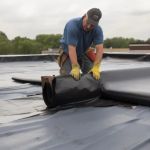 Flat Roof Repair: Identifying Issues and Choosing the Right Method
Flat Roof Repair: Identifying Issues and Choosing the Right Method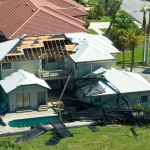 The Lifespan of a Roof in a Hurricane-Prone Area: Key Factors and Tips
The Lifespan of a Roof in a Hurricane-Prone Area: Key Factors and Tips What is a Roofing Project Closeout Package? Essential Documents You Should Receive
What is a Roofing Project Closeout Package? Essential Documents You Should Receive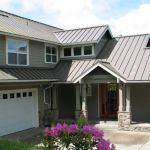 How to Choose a Roofing Material for High Wind Areas
How to Choose a Roofing Material for High Wind Areas